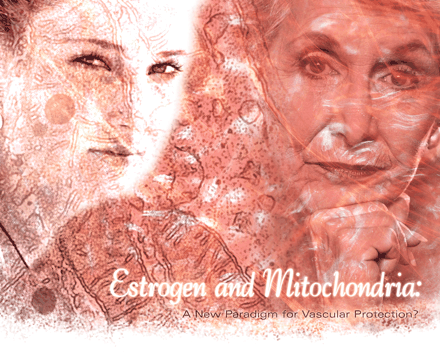Estrogen and Mitochondria: A New Paradigm for Vascular Protection?
Abstract
Mitochondrial dysfunction has been implicated as a cause of age-related disorders, and the mitochondrial theory of aging links aging, exercise, and diet. Endothelial dysfunction is a key paradigm for vascular disease and aging, and there is considerable evidence that exercise and dietary restriction protect against cardiovascular disease. Recent studies demonstrate that estrogen receptors are present in mitochondria and that estrogen promotes mitochondrial efficiency and decreases oxidative stress in the cerebral vasculature. Chronic estrogen treatment increases mitochondrial capacity for oxidative phosphorylation while decreasing production of reactive oxygen species. The effectiveness of estrogen against age-related cardiovascular disorders, including stroke, may thus arise in part from hormonal effects on mitochondrial function. Estrogen-mediated mitochondrial efficiency may also be a contributing factor to the longer lifespan of women.

- © American Society for Pharmacology and Experimental Theraputics 2006



